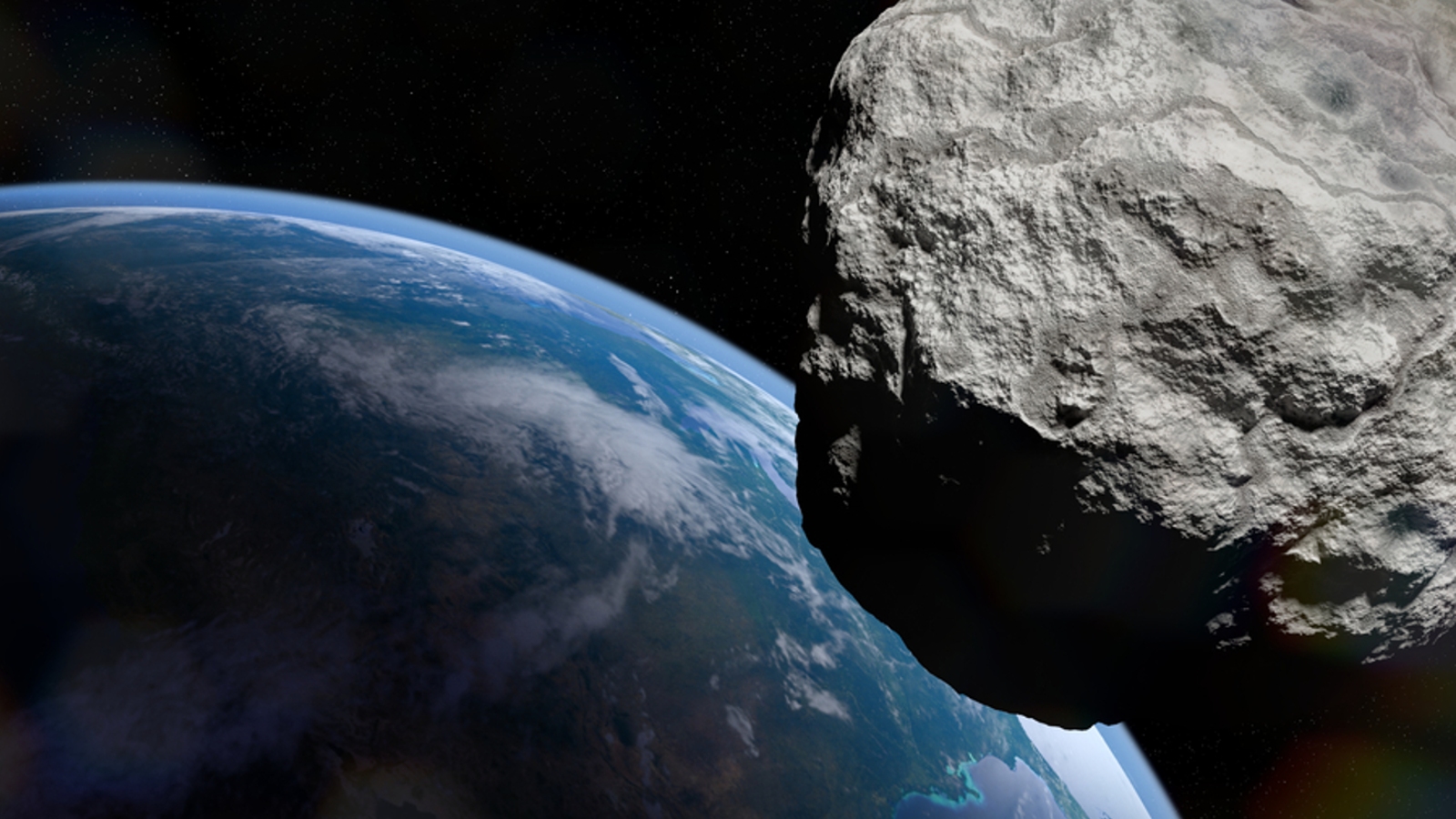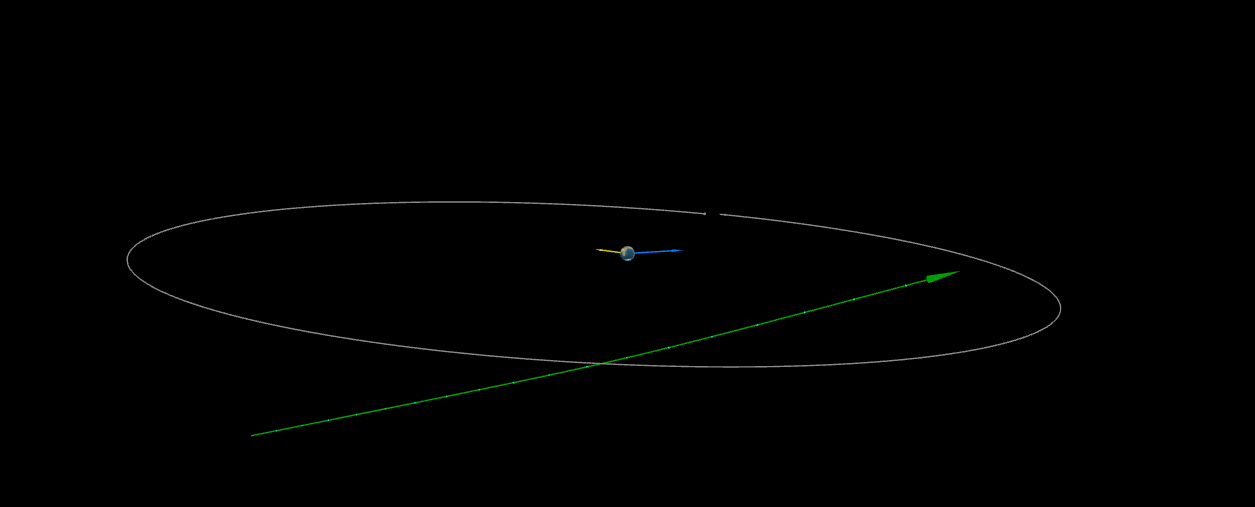A skyscraper-size asteroid flew closer to Earth than the moon — and scientists didn't notice until 2 days later
A stealthy asteroid the size of a 20-story building hid in the sun's glare before zooming uncomfortably close to Earth on July 13. Scientists didn't notice until July 15.

An asteroid as large as a 20-story building sailed uncomfortably close to Earth last week, zooming by our planet at roughly a quarter of the distance between Earth and the moon — and astronomers didn't notice it until two days later.
Now dubbed 2023 NT1, the roughly 200-foot-wide (60 meters) space rock sailed past our planet on July 13, traveling at an estimated 53,000 mph (86,000 km/h), according to NASA. However, because the rock flew toward Earth from the direction of the sun, our star's glare blinded telescopes to the asteroid's approach until long after it had passed.
Astronomers didn't catch wind of the building-size rock until July 15, when a telescope in South Africa — part of the Asteroid Terrestrial-impact Last Alert System (ATLAS), an array of telescopes designed to spot asteroids several days to weeks before any potential impact — caught the rock making its exit from our neighborhood. More than a dozen other telescopes also spotted the rock shortly afterward, according to the International Astronomical Union's Minor Planet Center.

Despite this surprise approach, asteroid 2023 NT1 isn't large enough to be considered a potentially hazardous object; after calculating the asteroid's trajectory for the next decade, astronomers say there's no imminent risk of an impact. In fact, recent research suggests that Earth is safe from asteroids — at least from large, extinction-inducing ones — for the next 1,000 years.
Still, the sun remains a well-known blind spot in the search for near-Earth asteroids — and 2023 NT1 is hardly the first stealthy space rock to slip past our detection. In 2013, a roughly 59-foot-long (18 m) asteroid followed a similar path through the sun's glare and went undetected before exploding in the sky over Chelyabinsk, Russia. The explosion released a shock wave that damaged buildings and shattered glass for miles around, ultimately injuring nearly 1,500 people (but killing none).
While scientists closely monitor more than 31,000 known near-Earth asteroids, they are well aware of the dangers posed by the solar blind spot. To address this threat, the European Space Agency is hard at work on the NEOMIR mission. The satellite, scheduled to launch around 2030, will orbit between Earth and the sun in an effort to detect large asteroids hidden in our star's shine.
Sign up for the Live Science daily newsletter now
Get the world’s most fascinating discoveries delivered straight to your inbox.

Brandon is the space/physics editor at Live Science. His writing has appeared in The Washington Post, Reader's Digest, CBS.com, the Richard Dawkins Foundation website and other outlets. He holds a bachelor's degree in creative writing from the University of Arizona, with minors in journalism and media arts. He enjoys writing most about space, geoscience and the mysteries of the universe.










